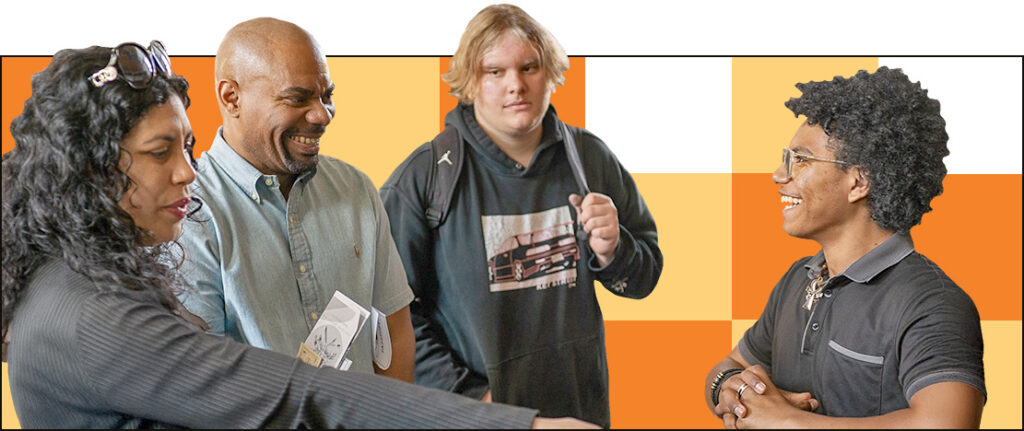


learn more about

learn more about

overview
partner with us
partner with us
events

events



learn more about

learn more about











In this project students looked at how current neuroscience research contributes to education models and how we learn. Using these findings, students determined pathways to a career that might be best for them as prospective college students. Students used resources such as seminal papers of cognitive science research at UCSD, neuroscience labs developed with the Salk Institute in La Jolla, the “Society for Neuroscience” resource sites, and researcher interviews to determine how brain based education can help them. Students connected this knowledge to college and career resources such as Naviance, and NACAC, along with interviews with college admissions staff, college alumni, and professors to help guide them to a beneficial college experience and rewarding career. The work culminated in a share-out of their plans with a creative piece in front of the student’s advisory classes and in transitional junior presentations at the end of the year.
The project really benefitted from the help of outside sources such as our college counselor, Tricia Abdullah, and the admissions staff and neuroscience researchers at UCSD. Student work has served a great purpose in reorienting how students go about the college process. A major highlight was students communicating with professors at colleges to understand whether classes they might take would align with their long term goals.
This project made me take a critical look at the pathway of my education and career in a way I hadn’t before. Connecting neurology to education in a broad sense was really interesting, and gave more context on complex brain information.
—Thomas
I knew I wanted to be a lawyer, but I had no reference for the in between steps; I now intend to use the ways my brain learns to properly select a university and major.
—Johana
To learn more about this project and others, visit www.leaderbiology.weebly.com